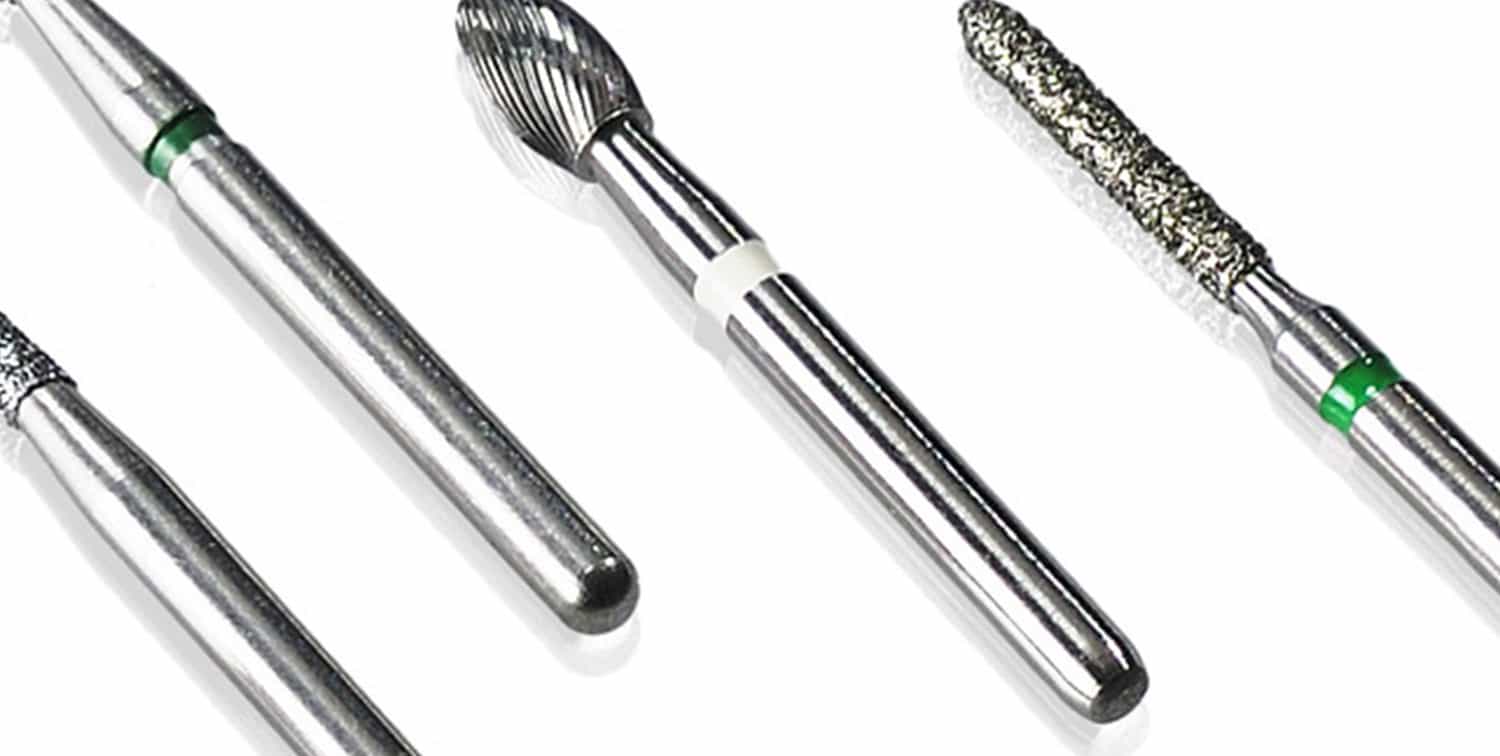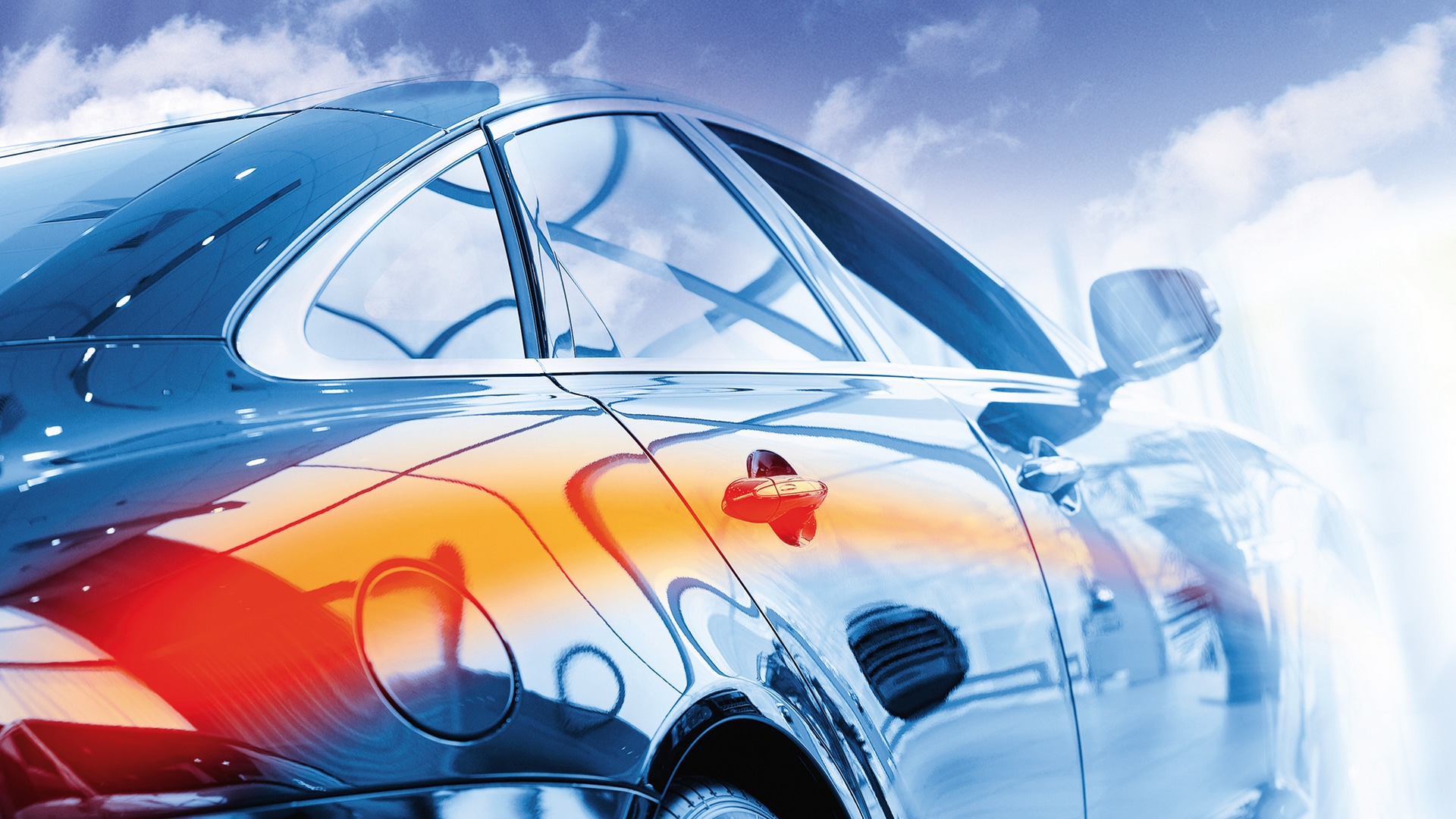what is nitrocarburizing?
Nitrocarburizing is a process for surface hardening of materials. The surface layer of the material is enriched with nitrogen and carbon through thermochemical diffusion. This contrasts with nitriding, a process in which only nitrogen is deposited in the surface layer. The compound layer formed on the component surface by nitrocarburizing has a certain corrosion resistance and shows a high resistance to wear caused by abrasion, deformation, scuffing and bonding.
nitrocarburizing process
Nitrocarburizing can be carried out in various media, e.g. in gas, a salt bath or plasma. In addition, the process takes place at relatively low temperatures. The result is a very hard surface layer, a thin compound layer only a few µm thick and the remaining soft core of the material used. The compound layer is particularly resistant to corrosion and wear.
The advantages of the process can be seen in the high wear resistance of the material and the low treatment costs.
nitrocarburizing and oxidation
In order to further improve the corrosion resistance already improved by nitrocarburizing, subsequent oxidation, known as post-oxidation, can be carried out directly after the nitrocarburizing process. This involves applying an approx. 2 µm thick oxide layer to the compound layer. The oxide layer should generally consist of Fe3O4 oxides. This results in an attractive black surface.
gas nitrocarburizing
Nitrocarburizing in a gas stream, also known as gas nitrocarburizing, is the most widely used method in industry. The treatment is carried out in an atmosphere consisting of ammonia, nitrogen and a carbon donor and usually takes no longer than 5 hours. Gas nitrocarburizing is therefore an alternative to salt bath nitrocarburizing due to the short treatment time.
salt bath nitrocarburizing
Salt bath nitrocarburizing has been used successfully for the surface treatment of workpieces since 1929 and is still used today. The molten salts suitable for nitrocarburizing contain toxic cyanides and cyanates, which release nitrogen and carbon at a treatment temperature of around 570 to 580°C via various reaction steps. Treatment times are around 1 to 3 hours, depending on the material and desired coating thickness. The advantage of salt bath nitrocarburizing lies in its applicability to practically all ferrous materials, as well as sintered materials.
plasma nitrocarburizing
In terms of process technology, plasma nitrocarburizing is comparable to plasma nitriding. In plasma nitrocarburizing, a gas mixture of nitrogen and carbon dioxide or a gaseous hydrocarbon (usually methane) is introduced into a vacuum reactor where it is ionized under the effect of a strong electric field. Several chemical and physical processes ultimately lead to nitrogen and carbon absorption of the workpiece surface and thus to nitride formation.
ferritic and austenitic nitrocarburizing
Ferritic and austenitic nitrocarburizing are two variants of nitrocarburizing, each of which offers advantages tailored to the specific material requirements.
Ferritic nitrocarburizing: In ferritic nitrocarburizing, ferrous alloys are treated at lower temperatures with a higher carbon potential, resulting in the formation of a diffusion layer consisting predominantly of iron nitrides within a ferritic microstructure. This process increases surface hardness and wear resistance and is therefore particularly suitable for applications where robust wear performance is required.
Austenitic nitrocarburizing: Austenitic nitrocarburizing, on the other hand, is characterized by a diffusion layer of nitrogen and carbon within an austenitic microstructure. This variant is often preferred when components require a balance between wear and corrosion resistance, extending its applicability to a wider range of materials, including stainless steels.
special advantages of nitrocarburizing
Nitrocarburizing has a number of advantages over conventional heat treatment processes:
- The surfaces of nitrocarburized components have a significantly higher hardness, as the nitrided layer is harder than martensite.
- Nitrided layers have a high hot hardness, which is maintained until close to the nitriding temperature of around 500°C.
- Nitrocarburized coatings have good corrosion resistance.
suitable materials for nitrocarburizing
Nitriding steels are particularly suitable for nitrocarburizing. They contain alloying elements such as Cr, Al, Mo, V, Ti and Nb, which are particularly prone to nitride formation and form nitrides with high hardness. Nitriding steels are heat-treatable steels and belong to the alloyed stainless steels.
nitrocarburizing in various industries
Nitrocarburizing is a heat treatment process that is used in almost every industry. The process is most commonly used in the automotive industry and in mechanical engineering.
our service for you, from the idea to series production
- Developing individual innovations
- Clarify detailed questions
- Support from the idea to series production
- First-class support
- Highest quality – whether small or large series
- Certified according to DIN EN ISO 9001:2015, VDA 6.1:2016 and ISO 13485:2016
frequently asked questions about nitrocarburizing
The outer part of the nitrocarburized layer (compound layer) is relatively brittle. For this reason, nitrocarburized components can crack or flake off without significant deformation under excessive stress (high surface pressure, impact stress).
Carbonitriding is a variant of case hardening. Here, mainly carbon with small amounts of nitrogen is introduced into the component surface. Nitrocarburizing is a variant of nitriding. Here, mainly nitrogen with small amounts of carbon is introduced into the component surface.
All ferrous materials are suitable for nitrocarburizing. However, if a certain high surface hardness is required, materials with nitride-forming alloying elements such as Cr, Al and Mn must be used.
industries we serve
process locations
Any questions? Contact us directly or select a process location near you.
Amboise
France 47.41544421.0245775 info.amboise@aalberts-st.com +33 247 2374 74 show locationAnderstorp
Sweden 57.265275813.615284 info.nordic@aalberts-st.com +46 371 58 71 70 show locationDunningen
Germany 48.2249668.5003521 info.dunningen@aalberts-st.com +49 7403 92907-0 show locationDzierżoniów
Poland 50.732931316.6280222 info.dzierzoniow-heat@aalberts-st.com +48 515 739 056 show locationEindhoven
the Netherlands 51.47035245.419001 info.eindhoven-heat@aalberts-st.com +31 40 266 3000 show locationGaildorf
Germany 49.01621959.7588191 info.gaildorf@aalberts-st.com +49 7971 96980 show locationKehl
Germany 48.500157.82006 info.kehl@aalberts-st.com +49 7854 96470 show locationPleasant Prairie
United States 42.5293017-87.9022794 HT-AST-PleasantPrairie@aalberts-st.us +1 800-648-1687 show locationLaupheim
Germany 48.229769.83458 info.laupheim@aalberts-st.com +49 7392 70960 show locationRemscheid
Germany 51.22193897.2353813 info.remscheid@aalberts-st.com +49 2191 56200 show locationThyez
France 46.07632076.5266973 info.thyez@aalberts-st.com +33 450 3463 98 show locationWerther
Germany 52.085558.42509 info.werther@aalberts-st.com +49 5203 97405 show locationBlackburn
United Kingdom 53.7642256-2.4548116 info.blackburn@aalberts-st.com +44 1254 264901 show locationLetchworth
United Kingdom 51.9887569-0.2038797 info.letchworth@aalberts-st.com +44 1462 472100 show locationPinto
Spain 40.2523494-3.7105911 info.madrid@aalberts-st.com +34 916 923 330 show locationUnsere Verfahren
Wir bieten weltweit alle Arten von Wärmebehandlungsprozessen an. Unsere Anlagen sind logistisch eng miteinander verknüpft, so dass Ihnen alle Verfahren zur Verfügung stehen. Erfahren Sie mehr zu unseren Wärmebehandlungsverfahren.
Heiß-Isostatisches Pressen (HIP) dient der Beseitigung von Porosität. Sie benötigen bei Lötverbindungen eine hohe mechanische Haltbarkeit und Unempfindlichkeit bei hohen Temperaturen? Wir bei Aalberts surface technologies bieten die Lösung durch Hartlöten (brazing).
Polymerbeschichtungen können auf viele Grundmaterialien aufgebracht werden und bieten lang anhaltenden Schutz. Sie sind mechanisch besonders gut mit dem Untergrund verankert und bieten verbesserte Gleiteigenschaften und/oder hohe Verschleißfestigkeit.
Mit 40 Jahren Erfahrung in der kontinuierlichen Veredelung von reel to reel können Sie sich auf Aalberts surface technologies verlassen, um innovative Lösungen zu finden. Unser Service umfasst Trommelgalvanik, kontinuierliche selektive Galvanik und Gestellgalvanik.
Fast alle metallischen Grundwerkstoffe können mit unseren selbstentwickelten und patentierten Verfahren durch Oberflächenbeschichtungen in ihren Eigenschaften optimiert werden, egal ob sie besonders hart, glatt, verschleißfest oder korrosionsbeständig sein sollen.

Discover our services
We offer all types of heat treatment processes. Our facilities are closely interlinked in terms of logistics, which means that all processes are available to you. For a complete list and description of heat treatment technologies please select the button.
Hot isostatic pressing (HIP) is used to eliminate porosity. Do you need high mechanical durability and insensitivity to high temperatures for solder joints? We at Aalberts surface technologies offer the solution through brazing.
Polymer coatings can be applied to a wide variety of base materials and offer long-lasting protection. They are particularly well anchored mechanically to the substrate. Additional enhancement layers allow non-stick coatings to be combined with improved sliding properties and/or high wear resistance.
With 40 years of experience in continuous reel to reel finishing, you can depend on Aalberts surface technologies to find innovative solutions that other companies might say are impossible. Our service includes barrel plating, continuous selective plating and rack plating.
Almost all metallic base materials can have their properties optimised by surface coatings using our proprietary and patented processes, regardless of whether they should be particularly hard, smooth, wear-resistant or corrosion-resistant.

The Aalberts websites use cookies (read more) to analyse website usage and improve usability. We also use third party tracking-cookies to measure user preferences, enable content sharing on social media and interest-based advertising. If you hit 'accept' you allow to us to place the different types of cookies.
privacy overview
| Cookie | Duration | Description |
|---|---|---|
| cookielawinfo-checkbox-analytics | 1 year | This cookies is set by GDPR Cookie Consent WordPress Plugin. The cookie is used to remember the user consent for the cookies under the category "Analytics". |
| cookielawinfo-checkbox-necessary | 1 year | This cookie is set by GDPR Cookie Consent plugin. The cookies is used to store the user consent for the cookies in the category "Necessary". |
| cookielawinfo-checkbox-others | 1 year | This cookie is set by GDPR Cookie Consent plugin. The cookie is used to store the user consent for the cookies in the category "Others". |
| cookielawinfo-checkbox-performance | 1 year | This cookie is set by GDPR Cookie Consent plugin. The cookie is used to store the user consent for the cookies in the category "Performance". |
| elementor | never | This cookie is used by the website's WordPress theme. It allows the website owner to implement or change the website's content in real-time. |
| Cookie | Duration | Description |
|---|---|---|
| cookielawinfo-checkbox-functional | 1 year | The cookie is set by GDPR cookie consent to record the user consent for the cookies in the category "Functional". |



